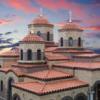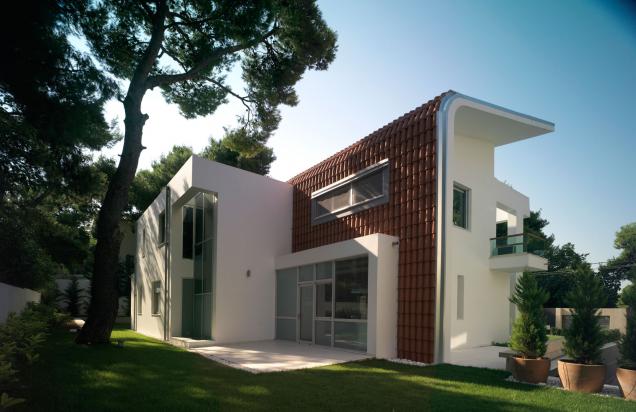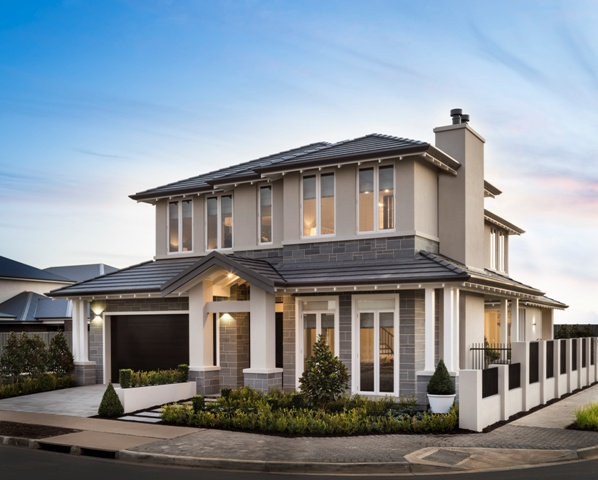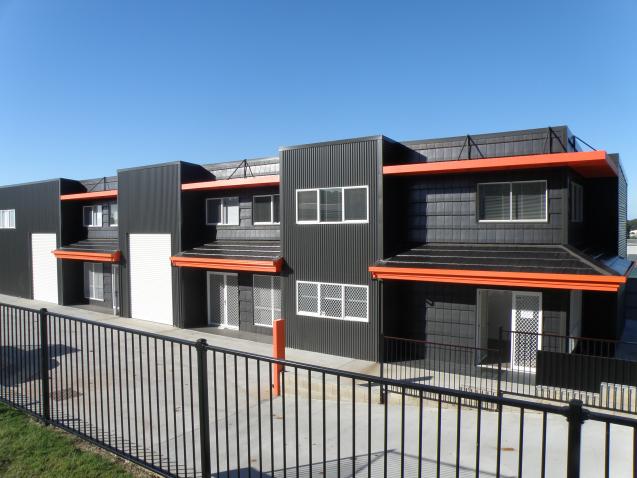
Unorthodox Approach Pays Off
In the Greek Orthodox tradition, the Pantanassa Monastery Church sits high on a rugged bluff an hour north of Sydney, accessible only by a track carved through the bush.
Eventually its interior will be totally covered with icons, religious images that are painted directly onto the walls and ceilings. “Therefore, the substrate on which they are painted needs to be a durable construction that will last hundreds of years,” explains Demetrios Stavropoulos of Design Delta Architects.
This requires resistance to moisture penetration and earth movement (critical because of the site’s proximity to Newcastle). The solution to the latter was the construction of a monolithic concrete shell designed by structural engineers, Luke Tsougranis and Associates. Walls, vaulted ceilings and arches were supported on conventional formwork whereas three-dimensional curves – domes and half domes – required laser-cut styrofoam formers coated with fibreglass to resist the weight and impact of wet concrete.
The concrete walling is shielded by a cavity and an outer leaf of brickwork from Austral Bricks Bowral dry-pressed range. Because of the low roof pitch and the varying dome pitch, the tiles are not able to eliminate water entry. “In effect they are mostly aesthetic, especially near the dome apexes,” Stavropoulos explains.
Connell Wagner engineered a membrane solution, an acrylic coating over the entire concrete roof shell, that was then covered with a second, thinner concrete layer to protect the membrane from penetration during construction and provide a platform for the tiles and other fixings.
The unglazed terracotta tiles were sourced by Bristile Roofing's La Escandella Collection. Bristile Roofing also acted as the head laying contractor. Their single half-cylinder profile provides the tolerance to allow the tiles to fan and be laid more tightly than a conventional roof tile – necessary as they approach the dome apex.
Two tile sizes were specified for the church roof, the smaller being used on the domes. Aesthetically, every row in a dome needs to have the same number of tiles therefore their length and width were progressively cut to maintain this frequency and allow them to follow the dome’s unique profile.
Alternate tiles are inverted to cup with their neighbours. All tiles were wet-bedded with dabs of mortar, and the upper gaps mortar-filled to reduce penetration by wind-driven rain.
Any water entering the roof flows under the tile assembly and overflows the building edge into the stormwater system. Visible flashing was avoided so as not to detract from the roof tiles; concealed dish drains intercept the water where roofs abut brick walls.
The next stage of the project, construction of the monks’ quarters, kitchen, refectory and library, is underway and again La Escandella tiles have been chosen, this time in an interlocking design suitable for the simpler roof profile.



